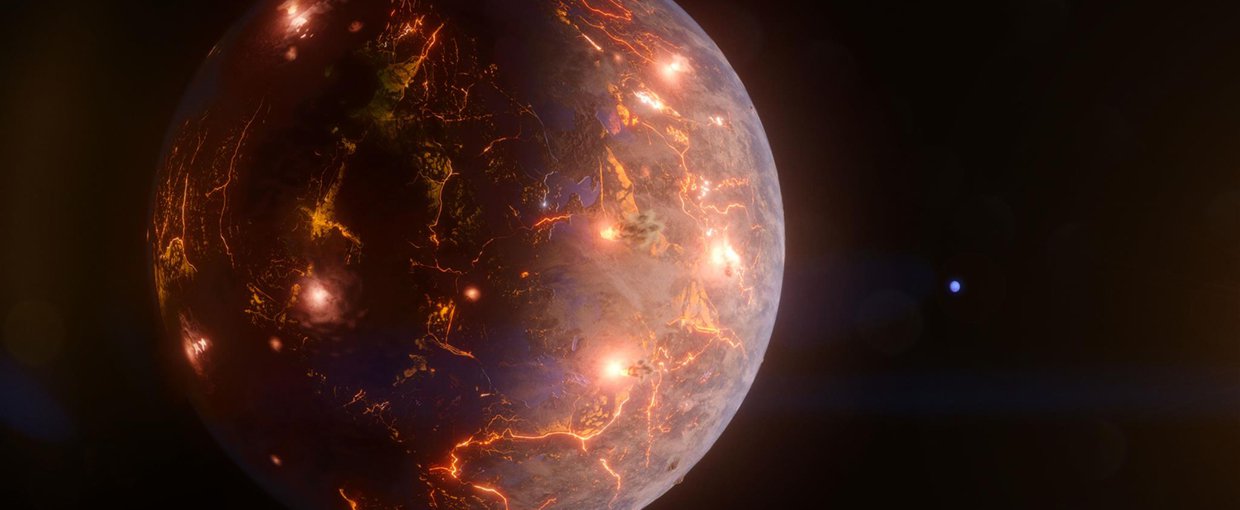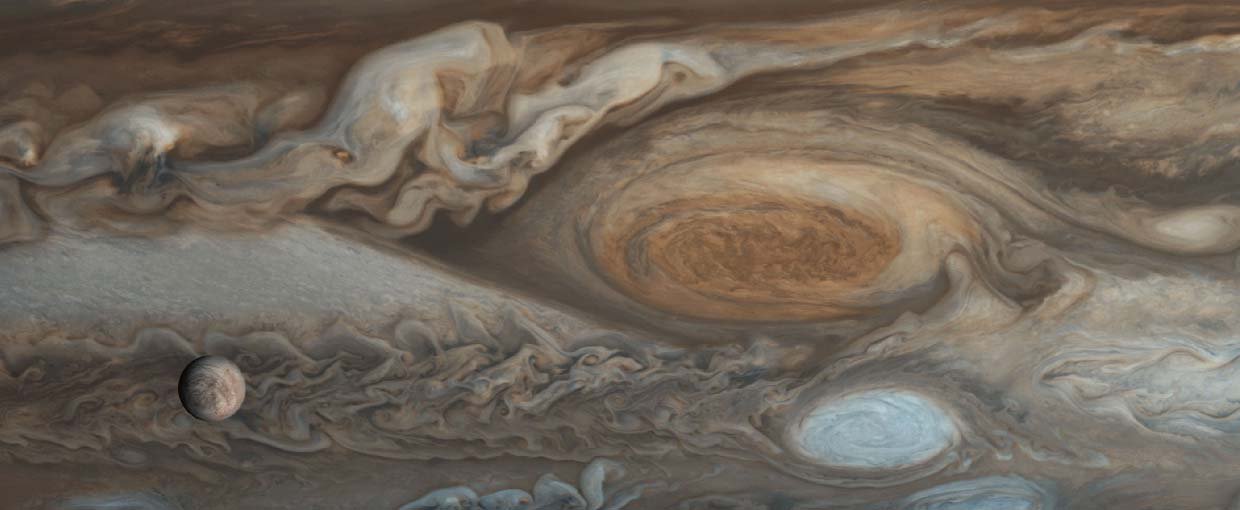Choukroun, M., & Grasset, O. (2010). J. Chem. Phys., 133(14), 144502. doi:10.1063/1.3487520
Cloutis, E. A., Hudon, P., Romanek, C. S., Bishop, J. L., Reddy, V., Gaffey, M. J., & Hardersen, P. S. (2010). Meteoritics & Planetary Science, 45(10-11), 1668–1694. doi:10.1111/j.1945-5100.2010.01065.x
Ferry, J. G. (2010). Annu. Rev. Microbiol., 64(1), 453–473. doi:10.1146/annurev.micro.112408.134051
Glavin, D. P., Aubrey, A. D., Callahan, M. P., Dworkin, J. P., Elsila, J. E., Parker, E. T., … Bada, J. L. (2010). Meteoritics & Planetary Science, 45(10-11), 1695–1709. doi:10.1111/j.1945-5100.2010.01094.x
Gómez-Pérez, N., & Solomon, S. C. (2010). Geophysical Research Letters, 37(20), n/a–n/a. doi:10.1029/2010gl044533
Heimberg, A. M., Cowper-Sal{middle Dot}lari, R., Semon, M., Donoghue, P. C. J., & Peterson, K. J. (2010). Proceedings of the National Academy of Sciences, 107(45), 19379–19383. doi:10.1073/pnas.1010350107
Hoffmann, M., Hilton-Taylor, C., Angulo, A., Bohm, M., Brooks, T. M., Butchart, S. H. M., … Carpenter, K. E. (2010). Science, 330(6010), 1503–1509. doi:10.1126/science.1194442
Howard, A. W., Marcy, G. W., Johnson, J. A., Fischer, D. A., Wright, J. T., Isaacson, H., … Valenti, J. A. (2010). Science, 330(6004), 653–655. doi:10.1126/science.1194854
Jolley, C. C., & Douglas, T. (2010). The Astrophysical Journal, 722(2), 1921–1931. doi:10.1088/0004-637x/722/2/1921
Loeffler, M. J., & Hudson, R. L. (2010). Geophysical Research Letters, 37(19), n/a–n/a. doi:10.1029/2010gl044553



